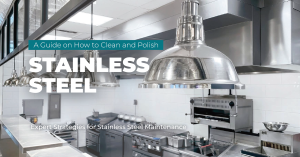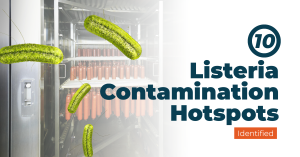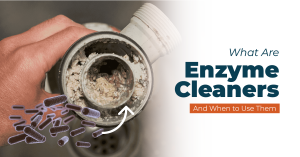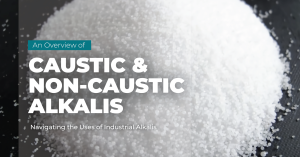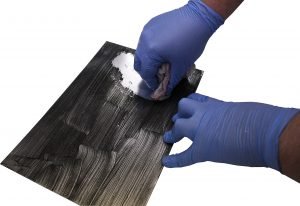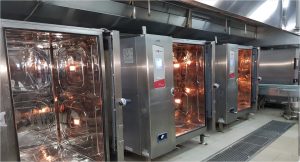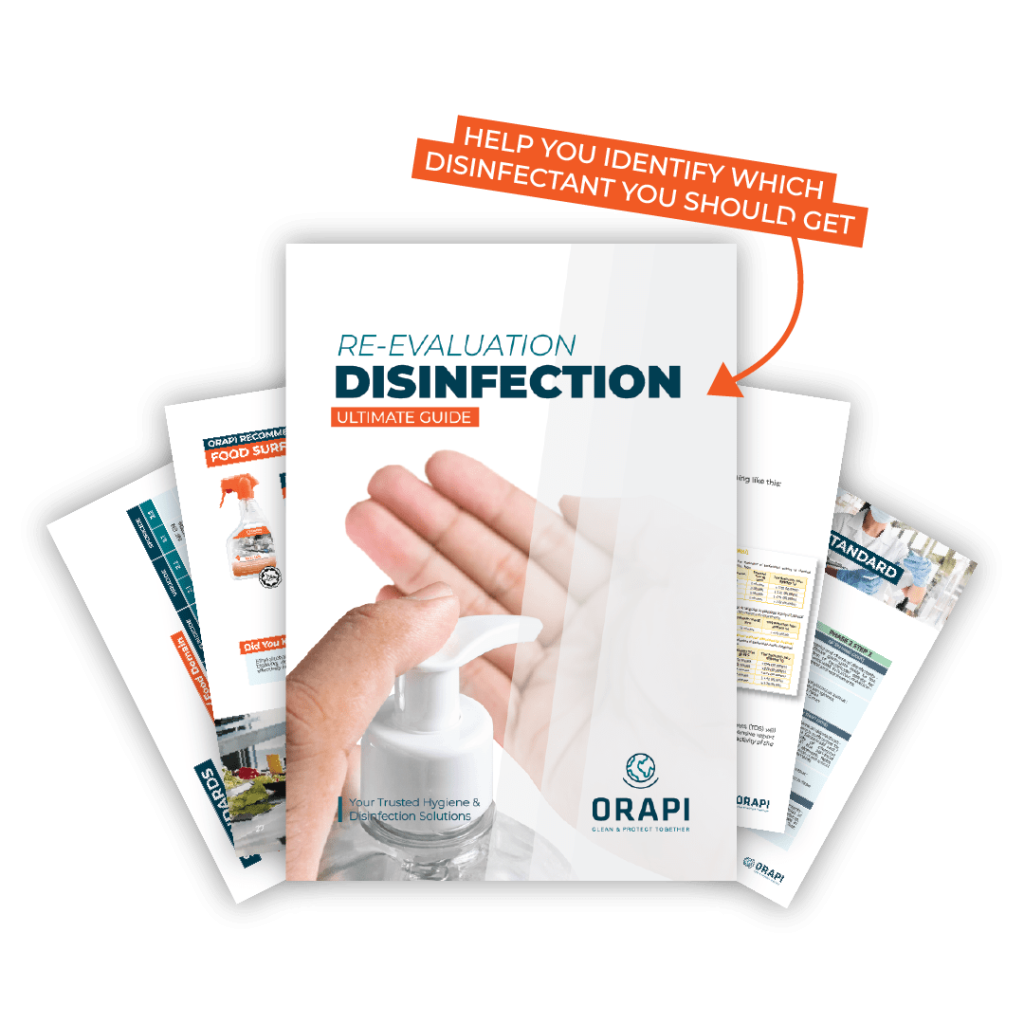
How the Transport Industry can help to prevent the spread of Coronavirus?
As per the latest reports more the 216 countries around the world are impacted by the Coronavirus pandemic. Governments, agencies and pharmaceutical companies are working across the globe to understand the virus and develop treatment medications and vaccines, to contain the spread and cure people.
Meanwhile, due to the movement of people around the world the Transport industry has recognized the important role it should play in helping to prevent the spread by using effective cleaning & disinfection Standard Operating Procedures (SOP).
As an Expert in professional Hygiene and Disinfection, ORAPI® has a vital role in advising the best possible approach to clean and disinfect aircrafts, trains and land transportation vehicles.
How Cleaning & Disinfection protocols can help preventing the spread of Coronavirus?
The Transport Industry, especially airlines passengers and crew can refer to WHO recommendations for good hygiene practices (WHO Guide to Hygiene and Sanitation in Aviation – Geneva 2009 ) to prevent further spread of coronavirus within the terminals and in the cabin environments.
Due to the extent of pandemic, ORAPI® recommends that the following internal surfaces with high touch points are cleaned at an increased frequency using a large spectrum bactericidal, yeasticidal and virucidal disinfectant:
- Galley counter
- Lights
- Air vents
- Seat back pockets
- Galley entrances
- Seats
- Lavatories
- Galley ovens
- Seatbacks
- Arm rests
- Tray tables
- Overhead bins covers
- Galley floors
- Window shades
- In-flight entertainment screens
- Remote control.
Which products should be used to disinfect Aircrafts and Transport Vehicles?
Public transport system such as aircrafts, trains and ground transport vehicles are considered high risk environments for Coronavirus spread, as there are high number of people in confined space, with many common and high-touch points. It is important to increase the frequency of cleaning and disinfection to prevent the spread of coronavirus.As an Expert in professional Hygiene and Disinfection, ORAPI® is able to advise the best possible technologically advanced Solutions to improve process cleaning & disinfection efficiency without compromising the operating cost.
NOVIRUCLEAN (3471) – Concentrated Aircraft Disinfectant Cleaner
- Ultra-broad spectrum bactericidal, yeasticidal and virucidal spray & wipe disinfectant cleaner.
- Effective against the most common disease-causing organisms in public transports i.e.: Flu, influenza A, Severe Acute Respiratory Syndrome (SARS), MERS, coronavirus and surrogates.
- 3 Way action: cleans, disinfects and deodorizes all inanimate, hard and non-porous surfaces.
- Recommended for cleaning & disinfection of all cabins surfaces: seats, armrests, tray tables, seatback pockets, overhead compartments, crew rest area, control panels, telephones, waste bins, galleys, lavatory, waste tank, floors, walls, doors, panels, etc.
Application method:
- Spraying
- Wiping
- Fogging
Approvals:
- AMS 1453 Disinfectant cleaner for aircraft interiors (general purpose liquid) 1:30 dilution.
- Boeing D6-7127 Rev P, Cleaning & disinfection of Commercial Transport aircrafts category Disinfectants.
- Bombardier, for interior grooming and disinfection.
- ASTM E1053-97 (Standard test Method for Efficiency of Virucidal agent intended for inanimate environmental Surfaces) 1:30 dilution.
- AOAC method 961.02 (Germicidal Spray Products as Disinfectant) 1:30 dilution.
- G.A. (Test for Hospital Grade disinfectants and Sanitizers under dirty conditions).
- Bactericidal (5 min): EN 1276, EN 13697
- Yeasticidal (15 min): EN 1650 , EN 13697
- Viricidal (10 min) : EN 14476 on Adenovirus, Norovirus, Rotavirus, HBV, HCV, Herpes Type 1 & 2, Ebolavirus, Coronavirus (MERS, SARS-Cov1, SARS-CoV2 (COVID-19), H1N1, H2N2, H3N2, H3N2, H5N1, H9N2, HIV.
NOVIRUCLEAN RTU1/30 (3471) – Transport Vehicles Disinfectant Cleaner
- Ultra-broad spectrum bactericidal, yeasticidal and virucidal spray & wipe disinfectant cleaner.
- Effective against the most common disease-causing organisms in public transports i.e.: Flu, influenza A, Severe Acute Respiratory Syndrome (SARS), MERS, coronavirus and surrogates.
- 3 Way action: cleans, disinfects and deodorizes all inanimate, hard and non-porous surfaces.
- Recommended for cleaning & disinfection of all cabins surfaces: seats, armrests, tray tables, seatback pockets, overhead compartments, crew rest area, control panels, telephones, waste bins, galleys, lavatory, waste tank, floors, walls, doors, panels, etc.
Application method:
- Spraying
- Wiping
- Fogging
Approvals:
- AMS 1453 Disinfectant cleaner for aircraft interiors (general purpose liquid) 1:30 dilution.
- Boeing D6-7127 Rev P, Cleaning & disinfection of Commercial Transport aircrafts category Disinfectants.
- Bombardier, for interior grooming and disinfection.
- ASTM E1053-97 (Standard test Method for Efficiency of Virucidal agent intended for inanimate environmental Surfaces) 1:30 dilution.
- AOAC method 961.02 (Germicidal Spray Products as Disinfectant) 1:30 dilution.
- G.A. (Test for Hospital Grade disinfectants and Sanitizers under dirty conditions).
- Bactericidal (5 min): EN 1276, EN 13697
- Yeasticidal (15 min): EN 1650 , EN 13697
- Viricidal (10 min) : EN 14476 on Adenovirus, Norovirus, Rotavirus, HBV, HCV, Herpes Type 1 & 2, Ebolavirus, Coronavirus (MERS, SARS-Cov1, SARS-CoV2 (COVID-19), H1N1, H2N2, H3N2, H3N2, H5N1, H9N2, HIV.
NOVIRUSAC GEL (3466) – Virucidal Toilet Sanitiser
- New technology water-soluble gel for recirculating & vacuum toilet systems.
- Disinfects toilet systems and produces a pleasant perfume for effective odour control.
- Virucidal against: Hep B, HIV (AIDS), Herpes Simplex
- Bactericidal against gram ± strains.
- Reduces blockage and waste build up in pipes
- Blue colour indicator to ensure effective treatment.
- Safe for use on all materials used in the construction of aircraft toilets, both re-circulating and vacuum type
Approvals:
- Boeing D6-17487 Revision P.
- AMS 1476B
- British Airways Engineering Tar & Calcification Test
- British Airways Hygiene Services Biocidal Challenge Test
- NF-F 19-601, Appendix A for Additives used in railways chemicals toilets.
Microbiocidal Tests:
- Bacteriological Testing (According to TGA – for Hospital Grade Disinfectant under dirty Conditions):
- Effective against: E. Coli NCTC 8196, S. Aureus NCTC 4163, P. Aeruginosa NCTC 6749, P. Vulgaris NCTC 4635.
- Virucidal Testing (Department of Virology – John Radcliffe Hospital, Oxford UK.):
· Effective against: Herpes Simplex Type 1, Echovirus 11, Hepatitis B. - Complies with “WHO Guide to Hygiene & Sanitation in Aviation” (Bailey, 1977)
- Complies with OH&S guideline.
MANEKLINE GEL (1875) – Hydroalcoholic Gel For Hand Disinfection
Thixotropic hydroalcoholic gel for hygienic treatment and surgical disinfection of hands by rubbing.
- Bactericidal, Fungicidal, Virucidal properties.
- Hypoallergenic
- Non-greasy and non-sticky formula
- Contains humectants to keep hands soft from tightness over frequent uses.
- Remain effective on hands for hours.
- Without dye
- Without perfume
- Ready to use
- Recommended for use at check in counter, security check, throughout the terminals, shops and F&B outlets cashers, washrooms, boarding gate, onboard or anywhere a good hygiene level is important.
Approvals:
- Bactericidal: EN 13727 (30s).
- Yeasticidal: EN 13624 (30s).
- Virucidal: EN 14476 on H1N1 (60 sec.), BVDV (30 Sec.) (C hepatitis) (60sec.), PRV (B hepatitis) (60 sec.), -Norovirus (60 sec.) and Adenovirus (90 sec).
- Hygienic treatment by friction: EN 1500 (4 ml – 60 sec.).
- Hand surgical disinfection by friction: EN 12791 (2 x 4 ml – 2 x 90 sec.)
What is Coronavirus or COVID-19?
COVID-19 is an infectious disease caused by the most recently discovered coronavirus. This new virus and disease were unknown before the outbreak began in Wuhan, China, in December 2019.
Coronaviruses are a large family of viruses which may cause illness in animals or humans.In humans, several coronaviruses are known to cause respiratory infections ranging from the common cold to more severe diseases such as Middle East Respiratory Syndrome (MERS) and Severe Acute Respiratory Syndrome (SARS). The most recently discovered coronavirus causes coronavirus disease COVID-19.
Most people infected with the COVID-19 virus will experience mild to moderate respiratory illness and recover without requiring special treatment.Older people, and those with underlying medical problems like cardiovascular disease, diabetes, chronic respiratory disease, and cancer are more likely to develop serious illness.
World Health Organisation (WHO) is working with agencies across the world to develop specific medicines, treatments and vaccines, a key focus of efforts has been to try and prevent the spread of the virus through good hygiene practices.


How the Coronavirus Infection Spreads?
People can catch COVID-19 from others who have the virus. The disease can spread from person to person through small droplets from the nose or mouth which are spread when a person with COVID-19 coughs or exhales. These droplets land on objects and surfaces around the person. Other people then catch COVID-19 by touching these objects or surfaces, then touching their eyes, nose or mouth. People can also catch COVID-19 if they breathe in droplets from a person with COVID-19 who coughs out or exhales droplets. This is why it is important to stay more than 1 meter (3 feet) away from a person who is sick.
The disease can spread from person to person through small droplets from the nose or mouth which are spread when a person with COVID-19 coughs or exhales. These droplets land on objects and surfaces around the person. Other people then catch COVID-19 by touching these objects or surfaces, then touching their eyes, nose or mouth. People can also catch COVID-19 if they breathe in droplets from a person with COVID-19 who coughs out or exhales droplets. This is why it is important to stay more than 1 meter (3 feet) away from a person who is sick.

Source References:






